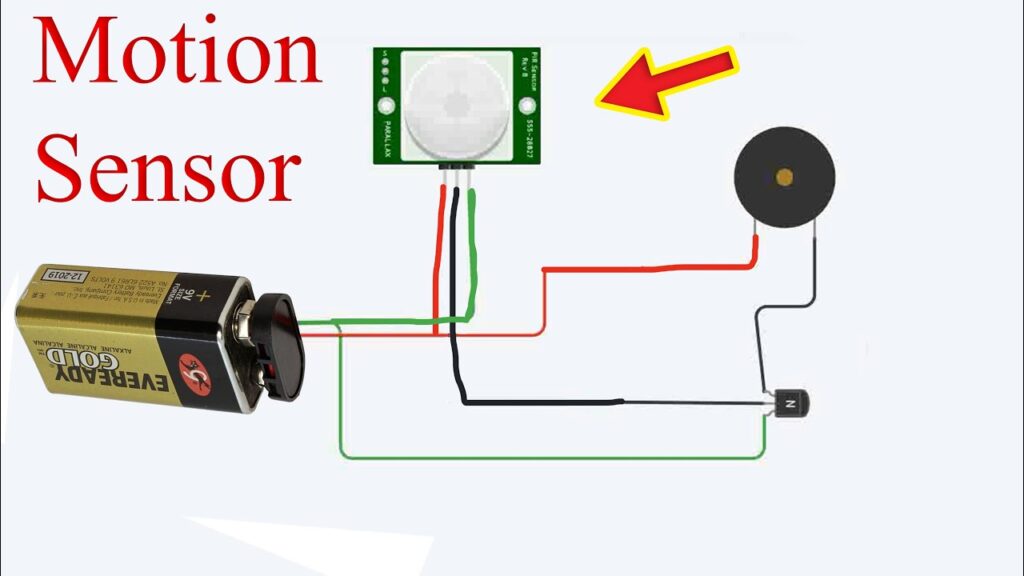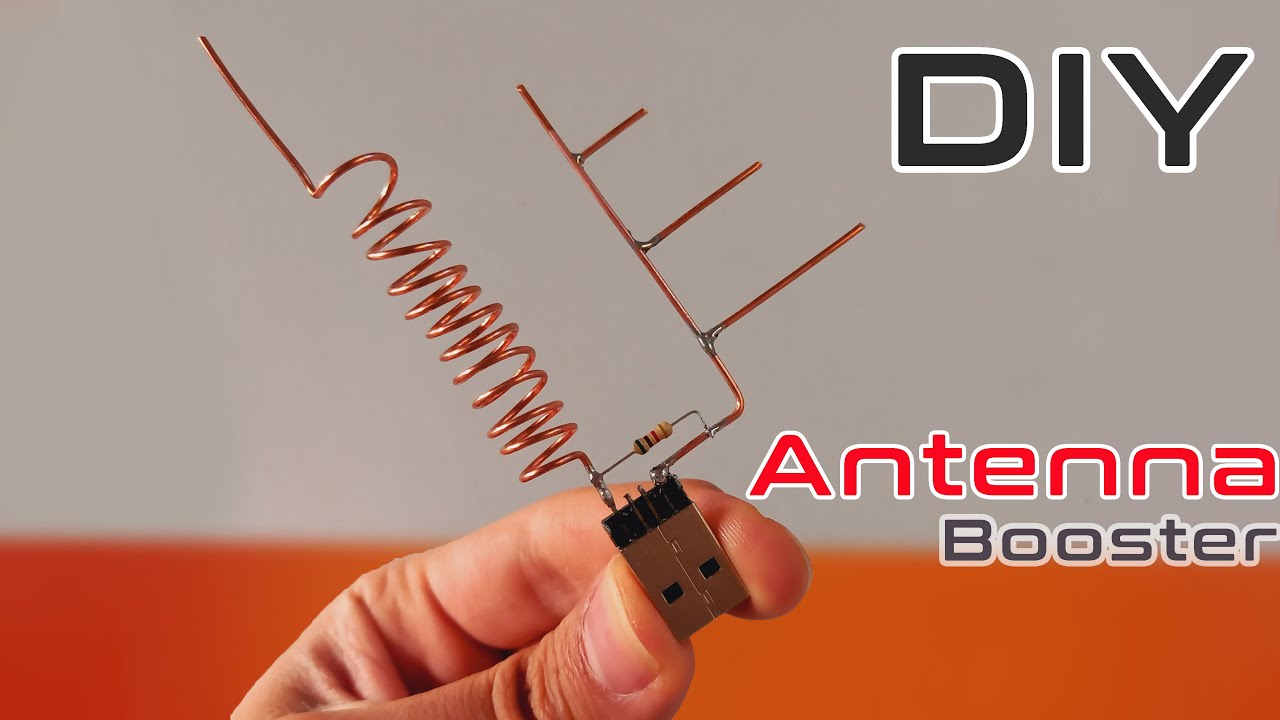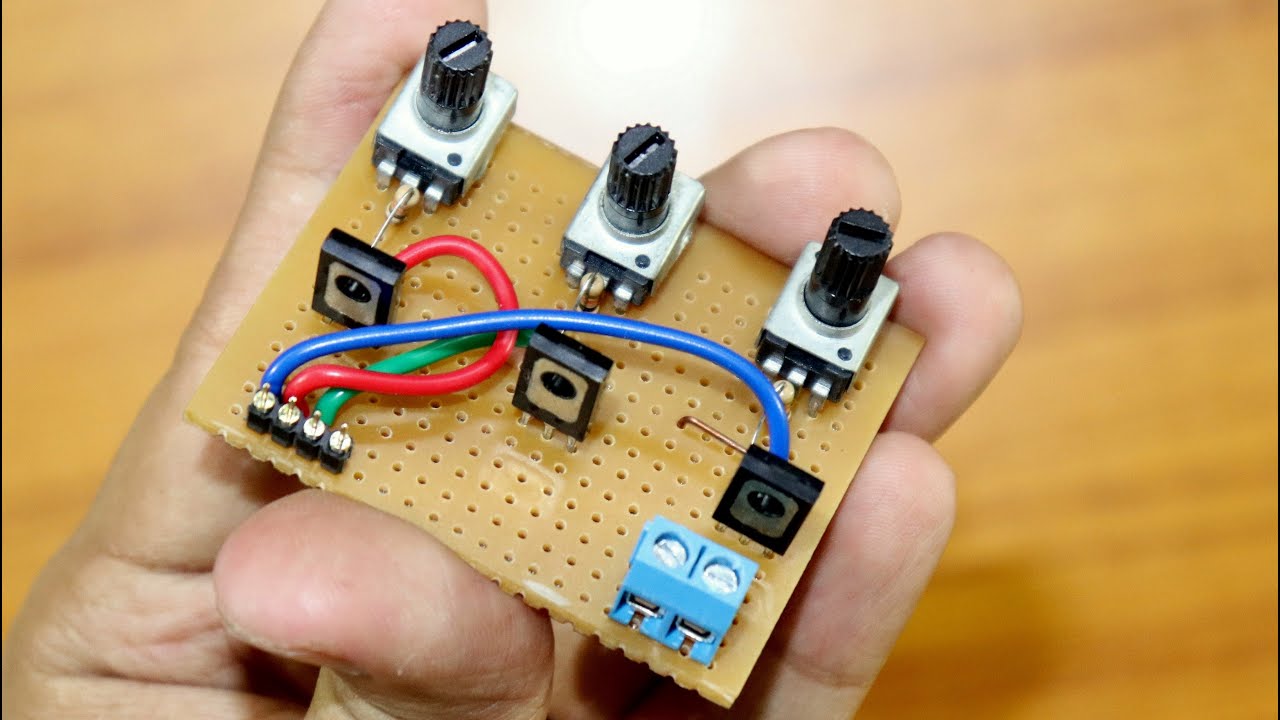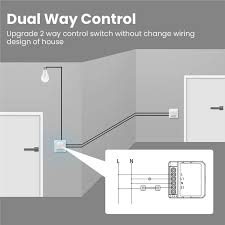Best Way to Design a PIR Motion Detector
Passive Infrared (PIR) motion detectors are widely used in security systems to detect movement in a specific area. These devices are commonly found in homes, offices, and public spaces to alert occupants of potential intruders or unauthorized individuals. Designing a PIR motion detector that is reliable and effective requires careful consideration of various factors, including sensitivity, range, and power consumption. In this article, we will discuss the best way to design a PIR motion detector to ensure optimal performance and accuracy.
Understanding How PIR Motion Detectors Work
Before we delve into the design aspects of a PIR motion detector, it is important to understand how these devices work. PIR sensors detect infrared radiation emitted by living beings and other warm objects in their field of view. When an infrared source moves across the sensor’s field of view, it triggers a signal that can be used to activate an alarm or other security measures. PIR motion detectors are passive devices, meaning they do not emit any energy themselves but instead respond to changes in infrared radiation levels.
Factors to Consider in Designing a PIR Motion Detector
When designing a PIR motion detector, there are several key factors to consider to ensure optimal performance:
- Sensitivity: The sensitivity of a PIR motion detector determines how easily it can detect small movements. Higher sensitivity can result in more false alarms, while lower sensitivity may cause the device to miss important events.
- Range: The range of a PIR motion detector refers to the distance at which it can detect movement. Higher range devices are more suitable for large spaces, while lower range devices are better suited for smaller areas.
- Power Consumption: PIR motion detectors are typically powered by batteries or low-voltage sources. Minimizing power consumption is crucial to ensure long battery life and reliable operation.
Design Tips for Building a Reliable PIR Motion Detector
Here are some design tips to help you build a reliable PIR motion detector:
- Use a Fresnel lens to focus infrared radiation onto the sensor, increasing sensitivity and range.
- Implement digital signal processing algorithms to filter out noise and false triggers.
- Optimize the sensor placement and orientation to maximize coverage and reduce blind spots.
- Choose high-quality components and materials to ensure durability and long-term performance.
Conclusion
Designing a PIR motion detector that is reliable and effective requires careful consideration of sensitivity, range, and power consumption. By following the design tips mentioned in this article, you can build a motion detector that provides optimal performance and accuracy in detecting movement. Remember to test your device in various environments to ensure it functions correctly and meets your security needs.
Best Way to Design a PIR Motion Detector
Passive Infrared (PIR) motion detectors are widely used in security systems to detect movement in a specific area. These devices are commonly found in homes, offices, and public spaces to alert occupants of potential intruders or unauthorized individuals. Designing a PIR motion detector that is reliable and effective requires careful consideration of various factors, including sensitivity, range, and power consumption. In this article, we will discuss the best way to design a PIR motion detector to ensure optimal performance and accuracy.
Understanding How PIR Motion Detectors Work
Before we delve into the design aspects of a PIR motion detector, it is important to understand how these devices work. PIR sensors detect infrared radiation emitted by living beings and other warm objects in their field of view. When an infrared source moves across the sensor’s field of view, it triggers a signal that can be used to activate an alarm or other security measures. PIR motion detectors are passive devices, meaning they do not emit any energy themselves but instead respond to changes in infrared radiation levels.
Factors to Consider in Designing a PIR Motion Detector
When designing a PIR motion detector, there are several key factors to consider to ensure optimal performance:
- Sensitivity: The sensitivity of a PIR motion detector determines how easily it can detect small movements. Higher sensitivity can result in more false alarms, while lower sensitivity may cause the device to miss important events.
- Range: The range of a PIR motion detector refers to the distance at which it can detect movement. Higher range devices are more suitable for large spaces, while lower range devices are better suited for smaller areas.
- Power Consumption: PIR motion detectors are typically powered by batteries or low-voltage sources. Minimizing power consumption is crucial to ensure long battery life and reliable operation.
Design Tips for Building a Reliable PIR Motion Detector
Here are some design tips to help you build a reliable PIR motion detector:
- Use a Fresnel lens to focus infrared radiation onto the sensor, increasing sensitivity and range.
- Implement digital signal processing algorithms to filter out noise and false triggers.
- Optimize the sensor placement and orientation to maximize coverage and reduce blind spots.
- Choose high-quality components and materials to ensure durability and long-term performance.
Conclusion
Designing a PIR motion detector that is reliable and effective requires careful consideration of sensitivity, range, and power consumption. By following the design tips mentioned in this article, you can build a motion detector that provides optimal performance and accuracy in detecting movement. Remember to test your device in various environments to ensure it functions correctly and meets your security needs.



